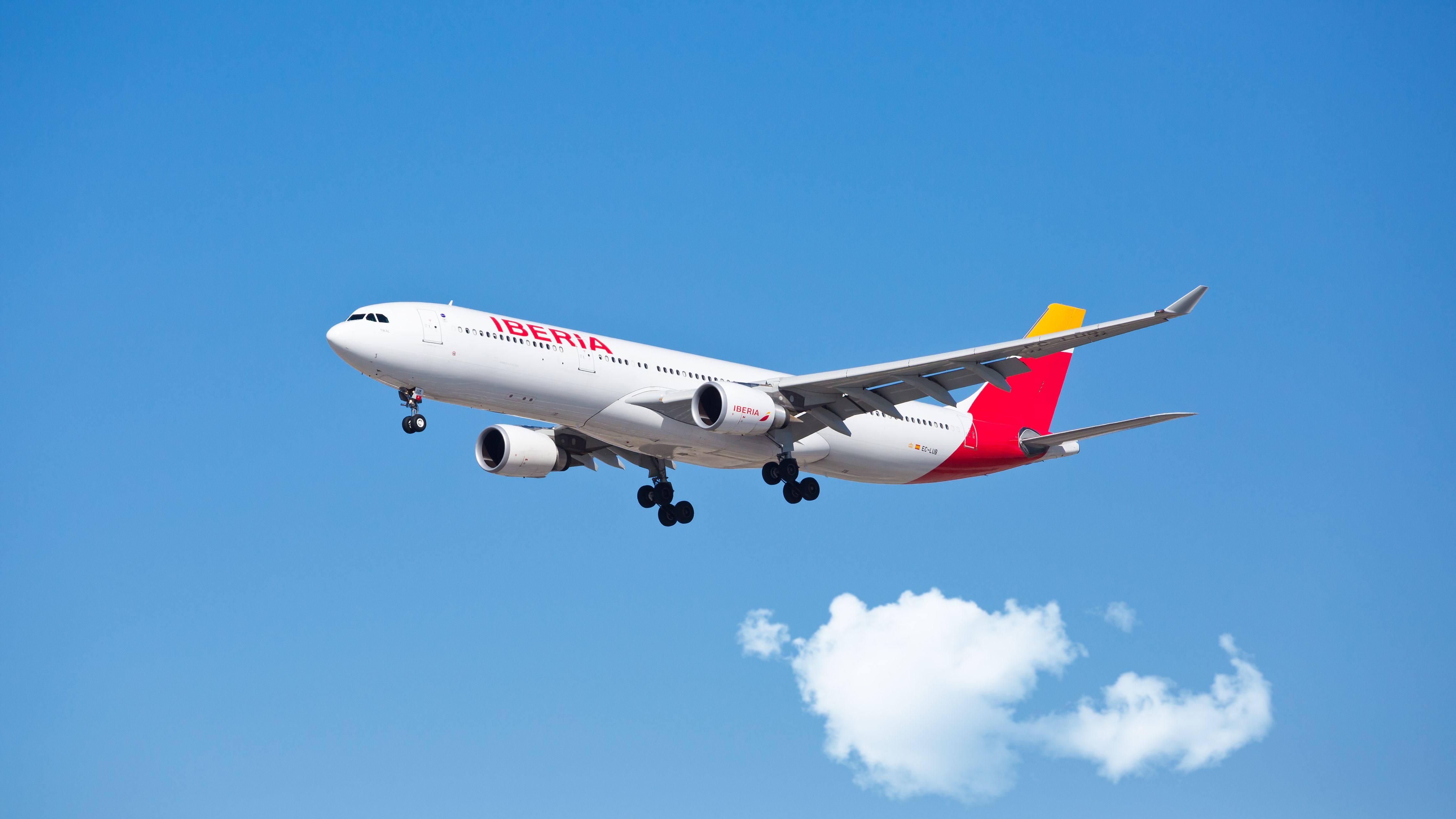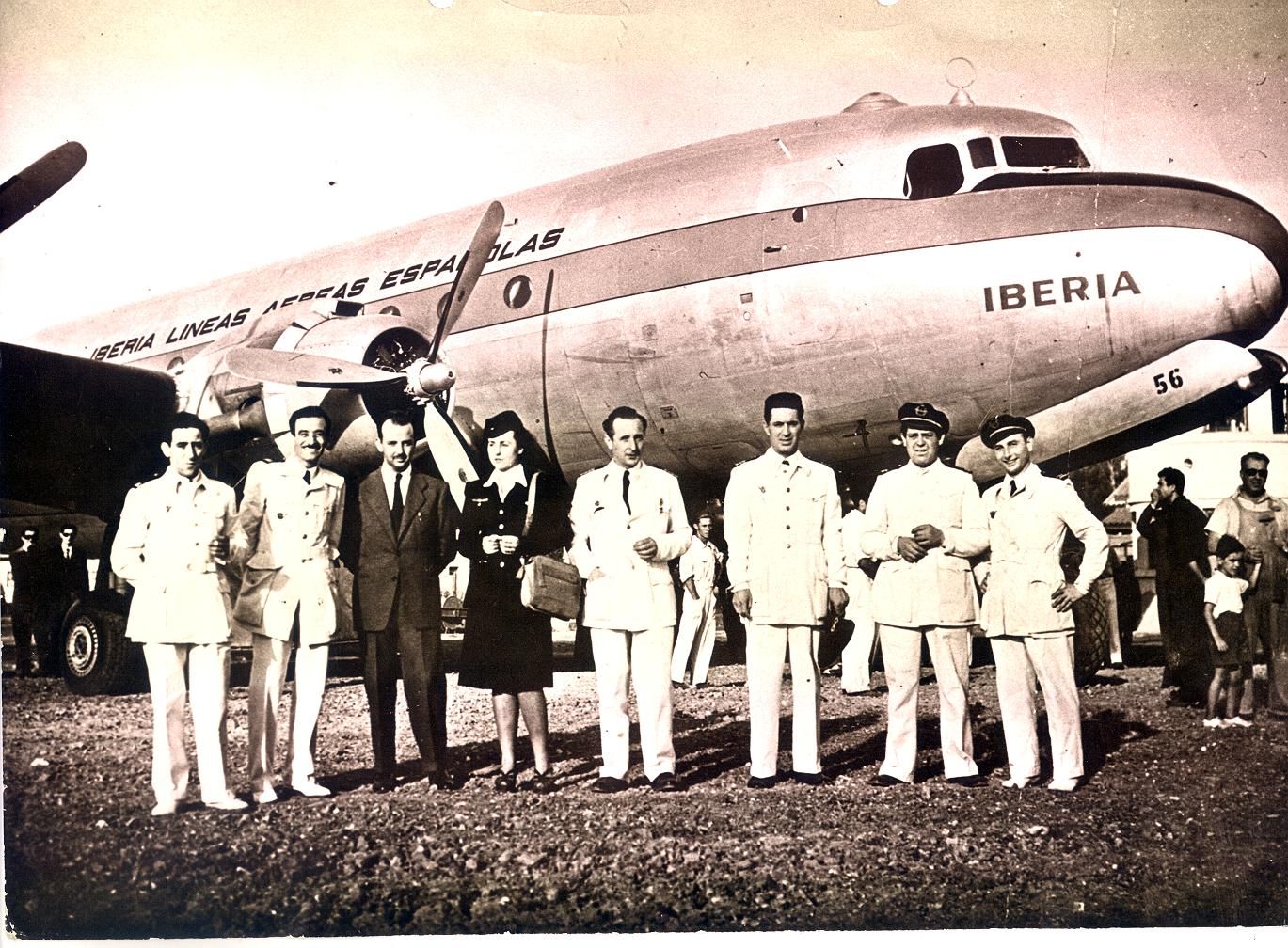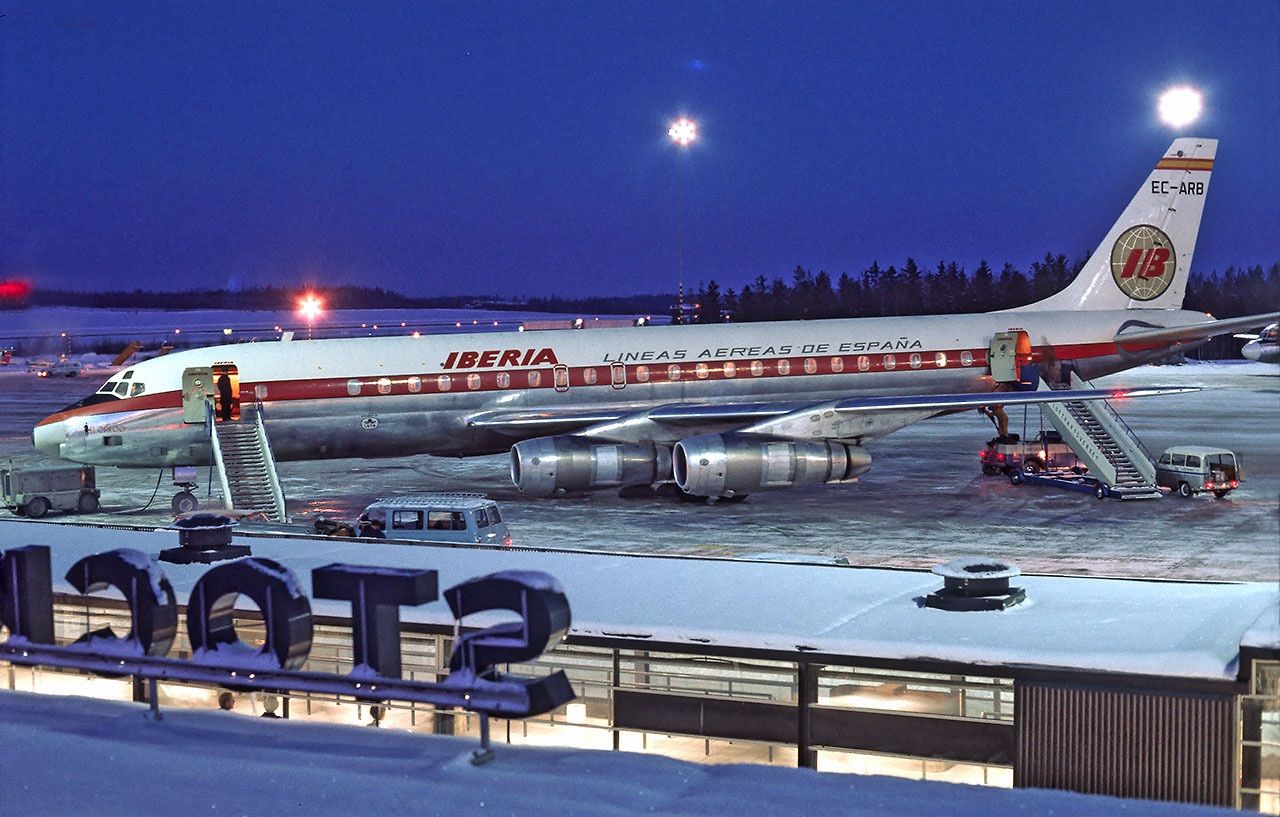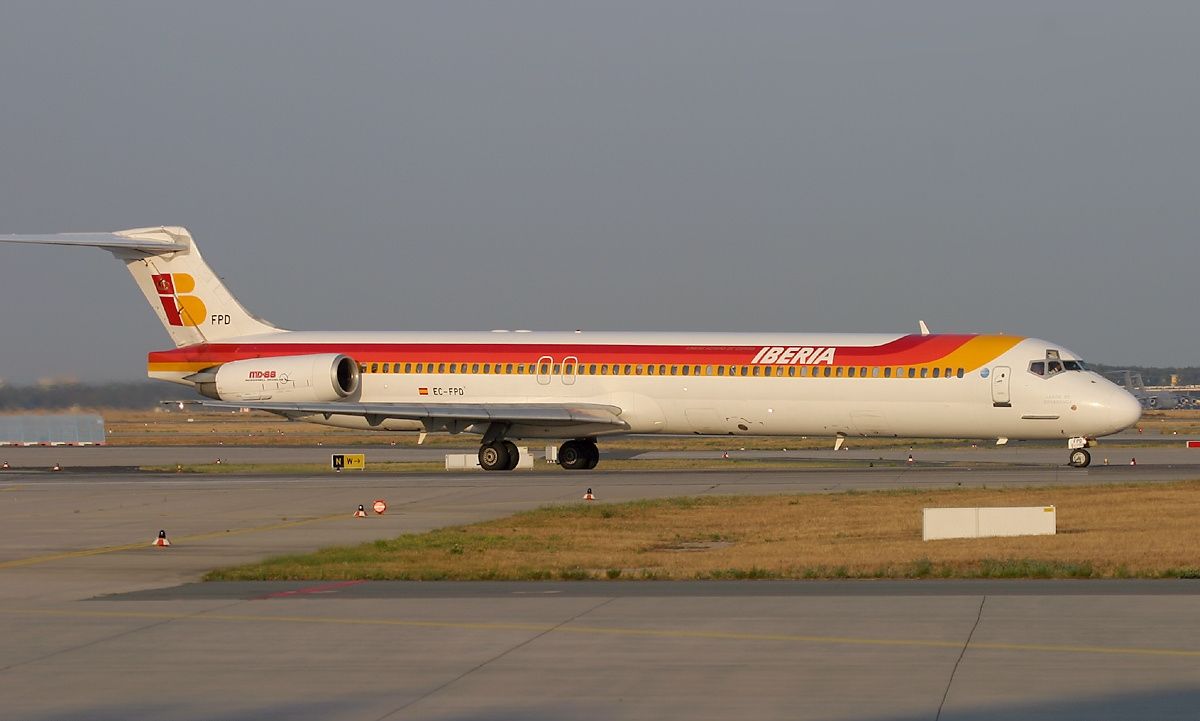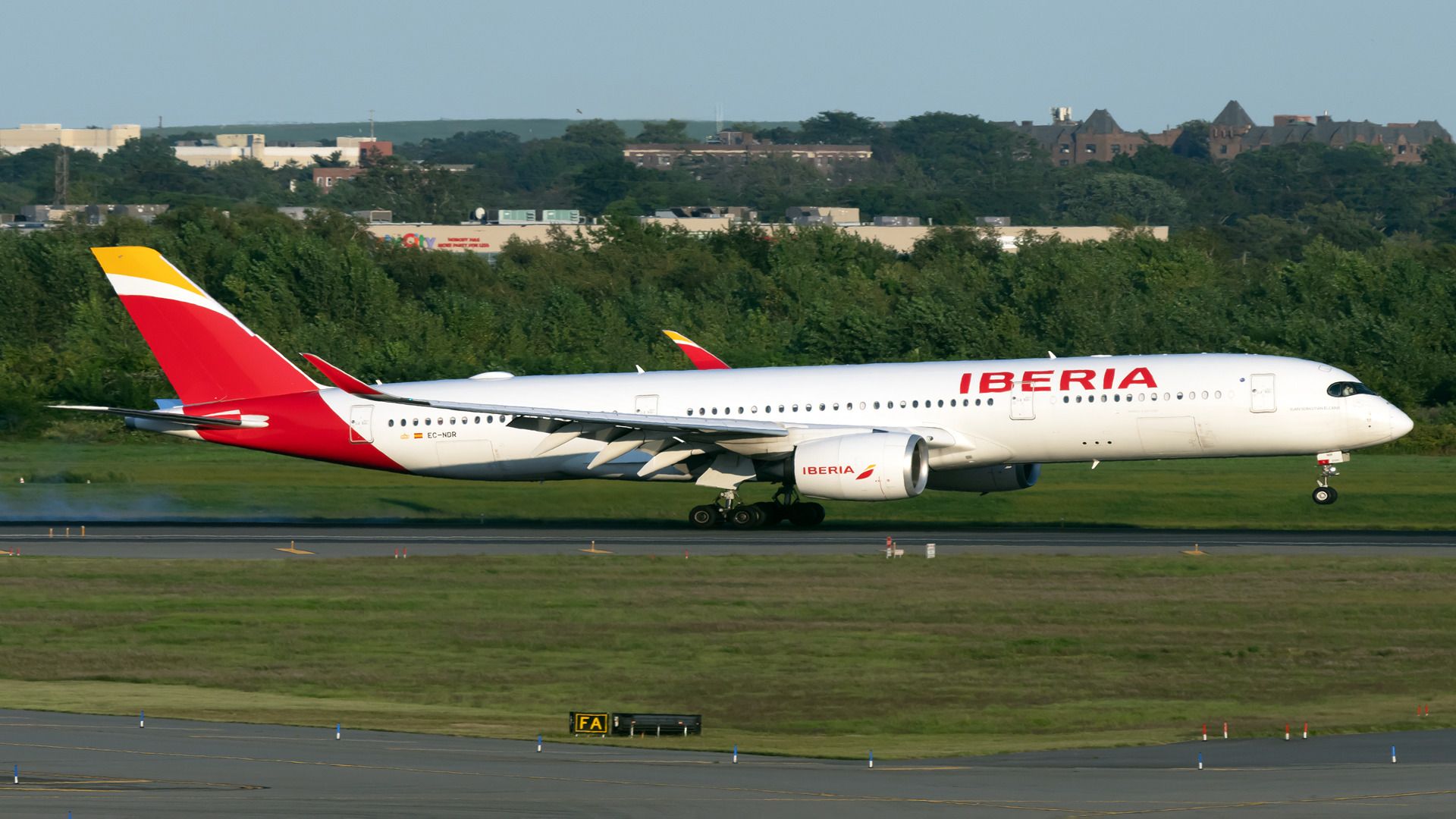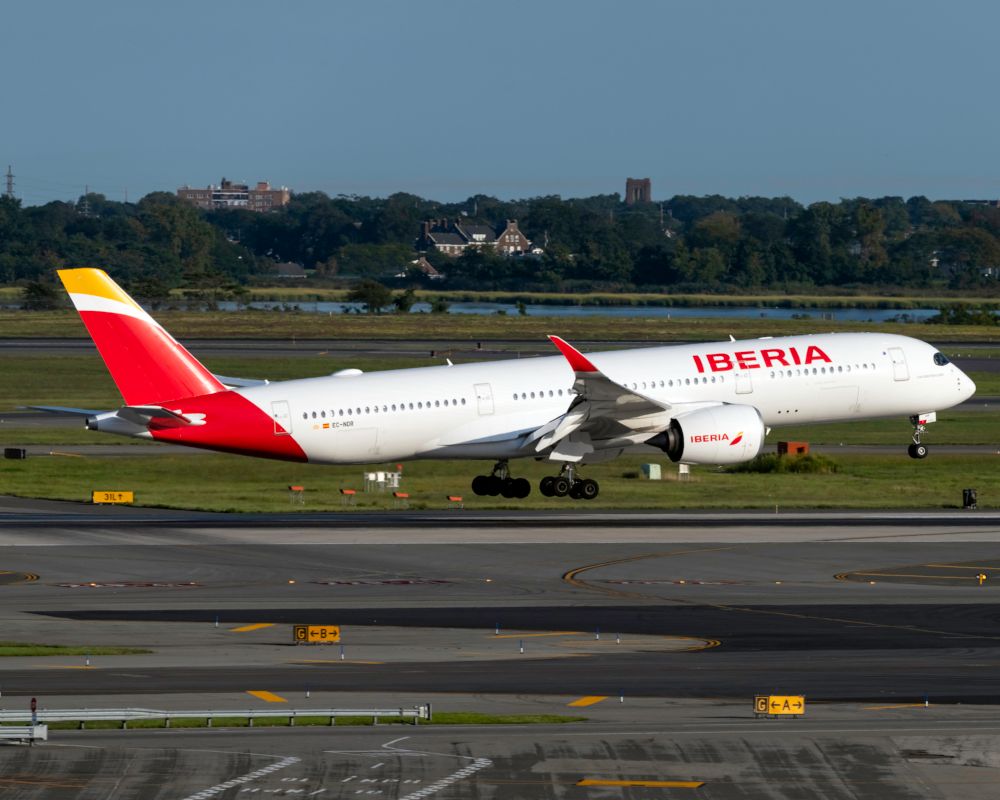Iberia, in full Iberia, Líneas Aéreas de España, is the flag carrier of Spain. The airline first commenced operations on December 14th, 1927, and mainly operated domestic flights until after World War II.
Today, it is part of the International Airlines Group (IAG) and the oneworld alliance. It operates an all-Airbus fleet of around 90 aircraft, with more on the way out of its base at Madrid Barajas Airport.
Initial fate ruled by dictators
Iberia was founded as a private airline but was merged with four others during the military dictatorship of Miguel Primo de Rivera. It was then mobilized in support of the nationalist cause during the Spanish Civil War, supported by aircraft from Germany. The carrier's first international service was from Madrid to Lisbon in 1939. However, it was not until after WWII, in 1946, that the airline began flying to London and Latin America.
Iberia began direct services to New York in 1954 with a Lockheed L-1049 Super Constellation. The airline's first jetliners, three DC-8s, arrived in 1961, and its first Boeing 747 in 1970. In 2010, the European Union approved the merger of Iberia with British Airways. A year later, the two formed the International Airlines Group (IAG), one of the powerhouses of European aviation. Iberia received its first Airbus A350-900 in 2018, the same year it recorded its highest profit ever.
Discover more aviation news with Simple Flying.
The early years
Initially named Iberia, Compañía Aérea de Transportes, the company was founded with an investment of 1.1 million pesetas in June 1927. Operations commenced six months later with three Rohrbach Roland aircraft.
As soon as 1928, however, the military dictatorship of Miguel Primo de Rivera decided that aviation companies were public utilities and brought most of them under state control. While the brand 'Iberia' was still registered, the airline merged with four other companies into Compañía de Líneas Aéreas Subvencionadas (CLASSA).
The airline was rebranded as Iberia when operations began in 1937 in support of the nationalist effort during the Civil War. At first, it flew six Junker Ju 52 provided by Deutsche Luft Hansa. In 1940, one year after the first international service to Lisbon, the Spanish government gave Iberia the monopoly on the country's air traffic.
The Franco regime then proceeded to nationalize the carrier in 1944, and it became part of the Instituto Nacional de Industria. The airline was finally privatized in 2001.
A selection of aircraft on the way to all-Airbus
The first Lockheed Super Constellation, named Santa Maria after Columbus' ship, was delivered to Madrid in 1954. By 1961, Iberia was operating nine of the type while also receiving its first Douglas DC-8 the same year. The carrier came to operate a variety of McDonnell Douglas aircraft over the years, including DC-9s, DC-10s, and MD-88s.
Iberia has also flown a range of Boeing planes, including the 727 trijet, the 737, 747, 757, and 767. However, in 2016, it said goodbye to its final MD-88 and became an all-Airbus airline, operating the A320 family, A330s, and A350-900s.
Get the latest aviation news straight to your inbox: Sign up for our newsletters today.
The airline also operates a low-cost subsidiary, Iberia Express, set up in 2012. The carrier has almost 30 aircraft from the Airbus A320 family and operates short-haul routes across Europe.
Iberia has emerged from the COVID pandemic in a strong position, delivering its best-ever first-quarter performance to kickstart 2023. The airline has also consistently ranked as one of the world's most reliable carriers regarding on-time performance.
What are your memories of Iberia? Leave a comment below and share your story.

